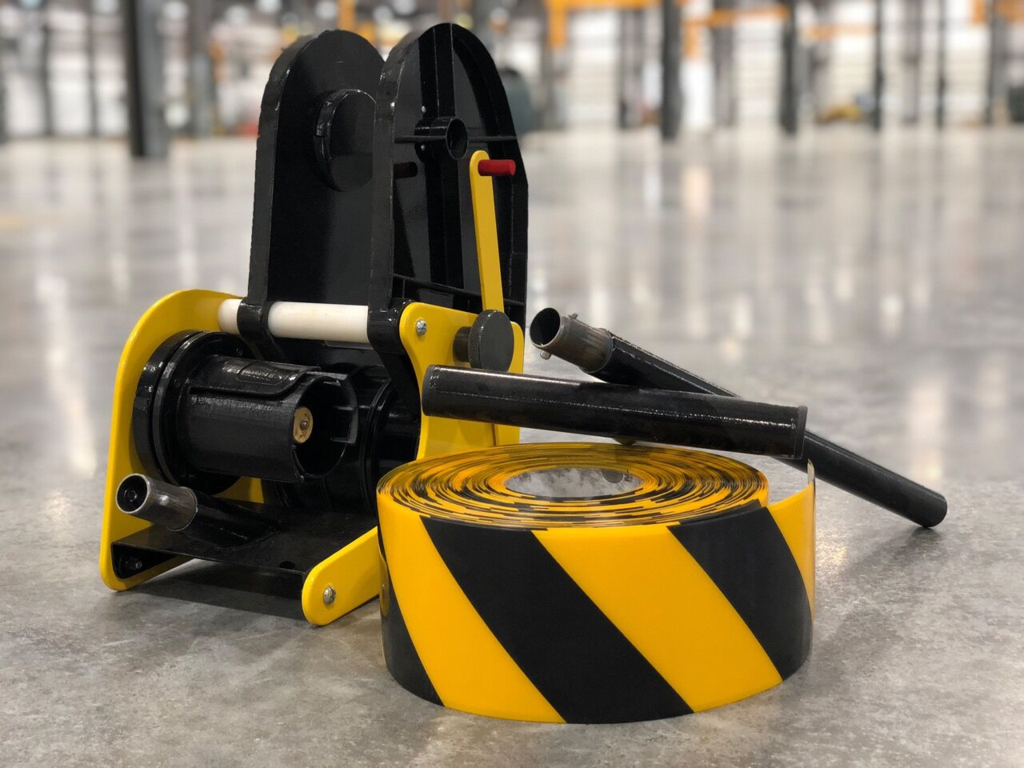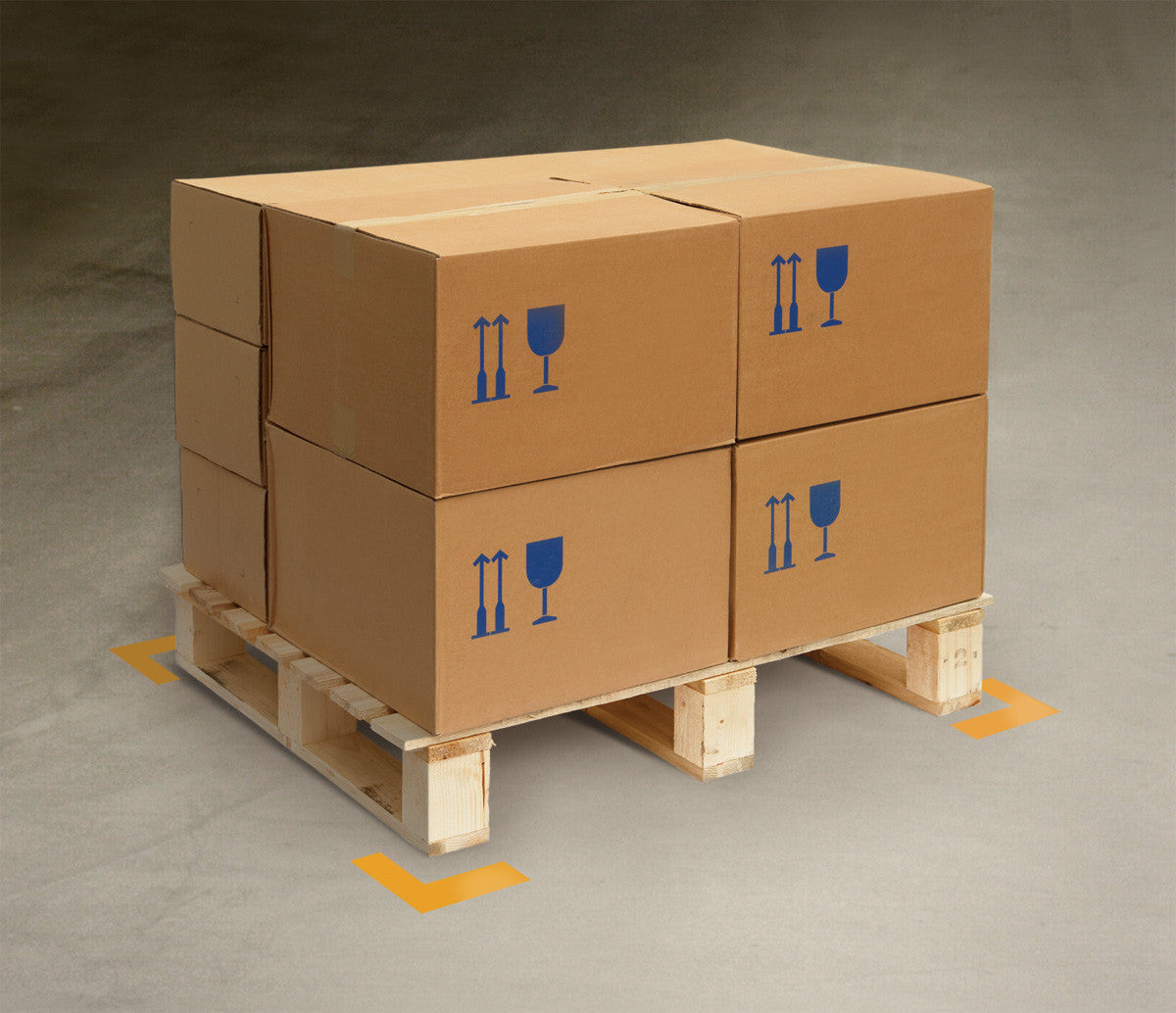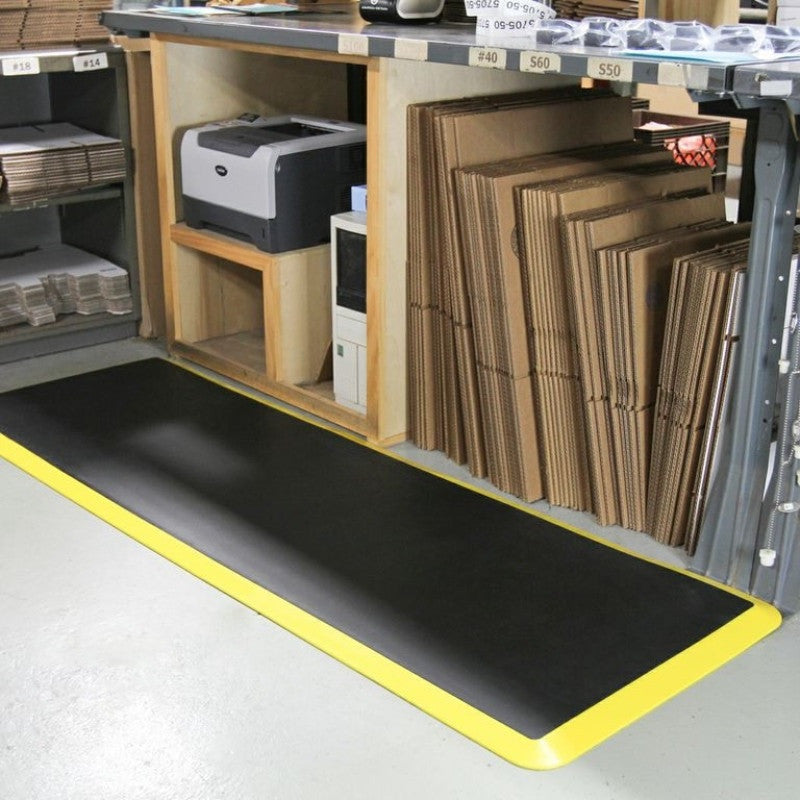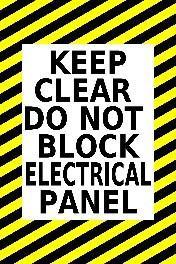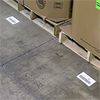Lean management does not only apply to a warehouse or factory setting, though it is much easier to measure lean improvement in those industries. Still, you can apply lean management processes to an office environment, if you and your team put the extra time and attention into kaizen – fostering continuous improvement. The best way to improve your office environment through lean management is to catalog the common types of waste in an office environment. We have already discussed the common types of waste; here, we will identify the way these common types of waste and how they manifest themselves in an office environment.
The best way to improve your office environment through lean management is to catalog the common types of waste in an office environment. We have already discussed the common types of waste; here, we will identify the way these common types of waste and how they manifest themselves in an office environment.
1. Defects and inspection. This is work that your team has already completed but did not meet the expectations of your customer. The inspection process is absolutely crucial because your customers will not return if your products are not meeting their expectations and needs.
You can eliminate the need to go back and re-inspect the product by incorporating the inspection process in the production process.
2. Over production. One of the fastest ways to lose customers and waste time is to over-produce products. By creating more than has been purchased, less time and attention was given to the supply that was originally purchased, and more time has elapsed between the initial order and the delivery than necessary.
Instead, avoid making extra copies and products “just in case,” and focus instead on what needs your immediate attention.
3. Waiting. This is a huge problem in office environments. There are often large chunks of time wasted waiting for signatures or approvals, leaving valuable time wasted in idle time. Time spent waiting for meetings to start is also a big time waster.
Another way to avoid wasting time waiting is to focus your attention of making sure all equipment is running at its optimum speed and efficiency. The time spent waiting for slow system response time and delays in receiving information can be cut way back by ensuring that your equipment is operating at its full speed.
4. Non-utilized knowledge and skill sets. This happens particularly in large organizations where employees are locked into a specific job function. Not enough is known about people's skills and backgrounds in large companies, so it is more necessary than in smaller companies to empower individuals to take charge of their job duties and optimize the day-to-day functions, if possible.
One way you can make sure you are utilizing your employees to their maximum ability is to develop a thorough recruitment and training program. Give your team members the tools to be responsible for their positions from day one.
5. Transportation. In an office setting, the time wasted moving a product from one spot to another for simple processes, like manager approval, is a huge problem. Instead of making multiple trips to the manager's office to approve a document or product, try flipping the responsibility to the manager to stop and approve things while they are evaluating office flow throughout the work day.
Other posts you may find interesting:
Lean: It's All About the Customer
7 Types of Waste to Eliminate with Lean Processes
10 Ways You Can Empower Your Team Today




